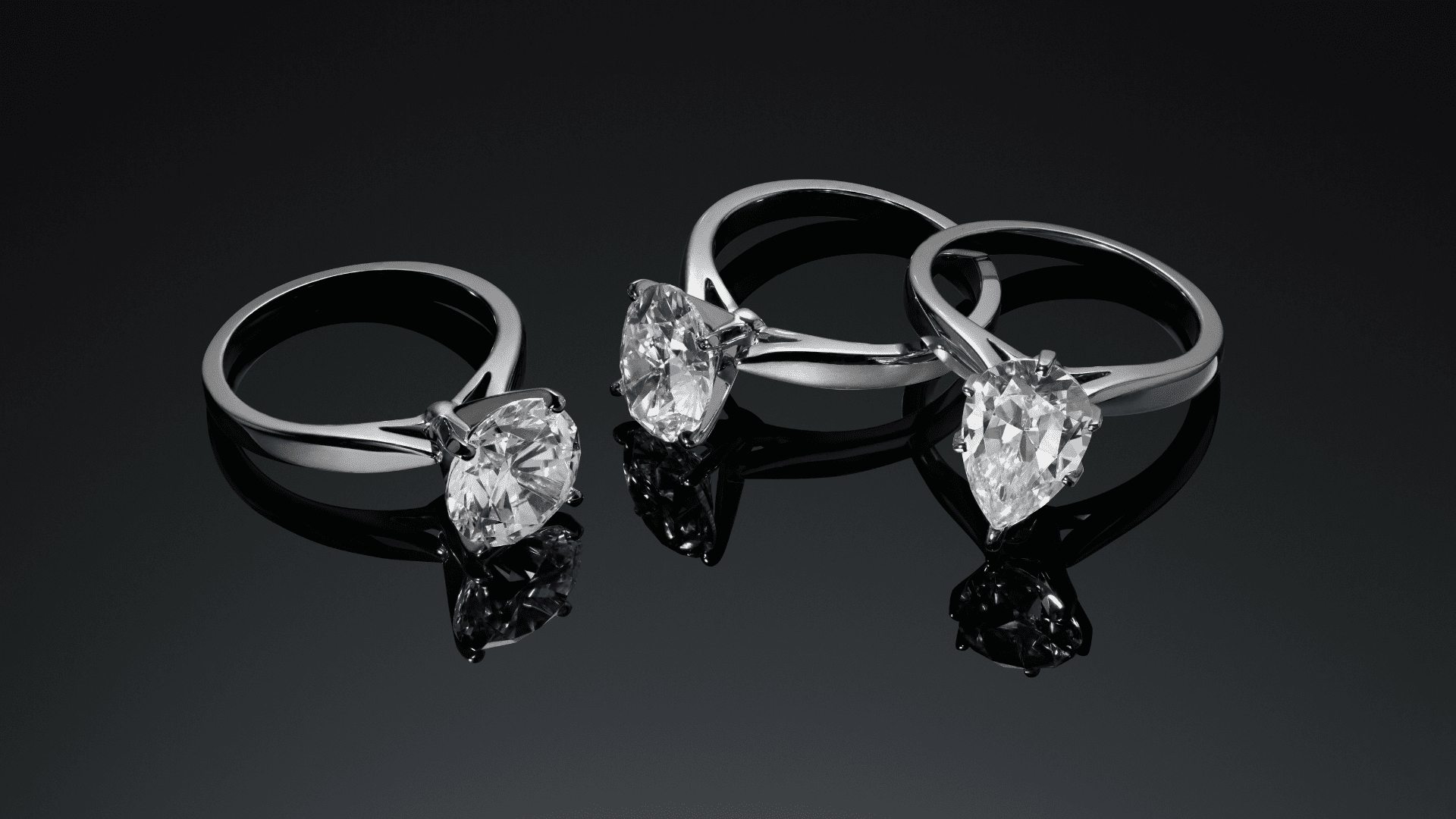
In recent years, lab diamonds have gained significant popularity as a sustainable and ethical alternative to natural 랩다이아 나석 구매하기. These man-made gems are chemically and physically identical to their mined counterparts but are created in a controlled environment, making them an increasingly appealing choice for consumers looking to make more conscious purchasing decisions.
What Are Lab Diamonds?
Lab diamonds, also known as synthetic or cultured diamonds, are created using advanced technology that replicates the natural diamond formation process. There are two primary methods for producing lab diamonds: High-Pressure High-Temperature (HPHT) and Chemical Vapor Deposition (CVD).
The HPHT method mimics the conditions under which natural diamonds form in the Earth’s mantle. Carbon is subjected to extreme heat and pressure, resulting in the formation of a diamond. On the other hand, the CVD method involves ionizing a carbon-rich gas to produce a plasma, which deposits carbon atoms onto a substrate, layer by layer, forming a diamond crystal over time.
Both methods produce diamonds that are indistinguishable from natural diamonds to the naked eye and even to gemologists, who often require specialized equipment to tell them apart.
Benefits of Buying Lab Diamonds
One of the most compelling reasons to buy lab diamonds is the ethical implications. Traditional diamond mining has been associated with environmental degradation and human rights abuses, particularly in conflict zones. Lab diamonds eliminate these concerns, as they are created in a controlled environment without the negative social and environmental impacts.
In addition to ethical considerations, lab diamonds are typically 20-40% less expensive than their natural counterparts. This cost difference allows consumers to purchase larger or higher-quality stones for the same budget, making it an attractive option for engagement rings and other fine jewelry.
The environmental impact of lab diamond production is considerably lower than that of mined diamonds. While mining can lead to habitat destruction and significant carbon emissions, lab diamond production minimizes these effects, making it a more sustainable choice for eco-conscious consumers.
Lab diamonds also come in various shapes, sizes, and qualities. They are graded using the same criteria as natural diamonds, including the Four Cs: carat, cut, color, and clarity. This allows consumers to find a diamond that perfectly matches their preferences and budget.
Many lab diamond retailers provide detailed information about the diamond’s origin, production process, and grading. This transparency builds trust with consumers who are increasingly seeking authenticity in their purchases.
Considerations When Buying Lab Diamonds
While lab diamonds offer many advantages, there are a few considerations to keep in mind. The resale value of lab diamonds is generally lower than that of natural diamonds. While they hold their value well as personal items, they may not appreciate in value over time in the same way that natural diamonds do.
Some consumers may still prefer natural diamonds for their historical and emotional significance. It’s essential to consider personal values and preferences when making a decision.
As with any significant purchase, it’s crucial to buy from reputable retailers who provide certification and transparency about their diamonds. Look for vendors who offer grading reports from recognized gemological laboratories, ensuring the quality and authenticity of the diamond.
Conclusion
Buying lab diamonds presents an exciting opportunity for consumers seeking ethical, sustainable, and cost-effective options in fine jewelry. As technology advances and awareness of the environmental and social implications of diamond sourcing grows, lab diamonds are poised to become a mainstay in the jewelry industry. Whether for an engagement ring, a gift, or a personal statement, lab diamonds represent a modern choice that aligns with the values of today’s consumers.


